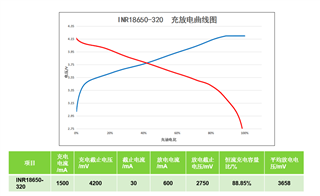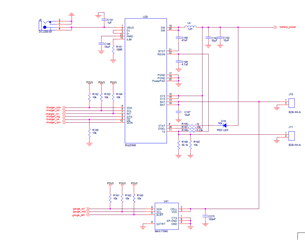history case:
Actual test result:
1) set REG00 = 0x7F (resistor connect to ILIM pin is 100ohm)
2) set REG02 = 0x9D
3) set REG03 = 0x50
//step 1) ~3) will be repeated every 1.6s to feed watchodg
4) connect VBUS = 5V (D+ and D- short)
5) read REG0B = 0x76 (why bit1 = 1?)
6) read REG12 = 0x09 (why charge current is only reach 450mA? Should be close to default setting ICHG = 2048mA ?)
7) read REG11 = 0x98 (read VBUS, no issue)
8) read REG13 = 0x13 (why input current limit = 1050mA? The REG00 setting is much higher than it)
9) read REG0E = 0x5F
10) read REG0D = 0x12
11) read REG01 = 0x06
12) read REG04 = 0x20
13) read REG06 = 0x5E
14) read REG0F = 0x5F



